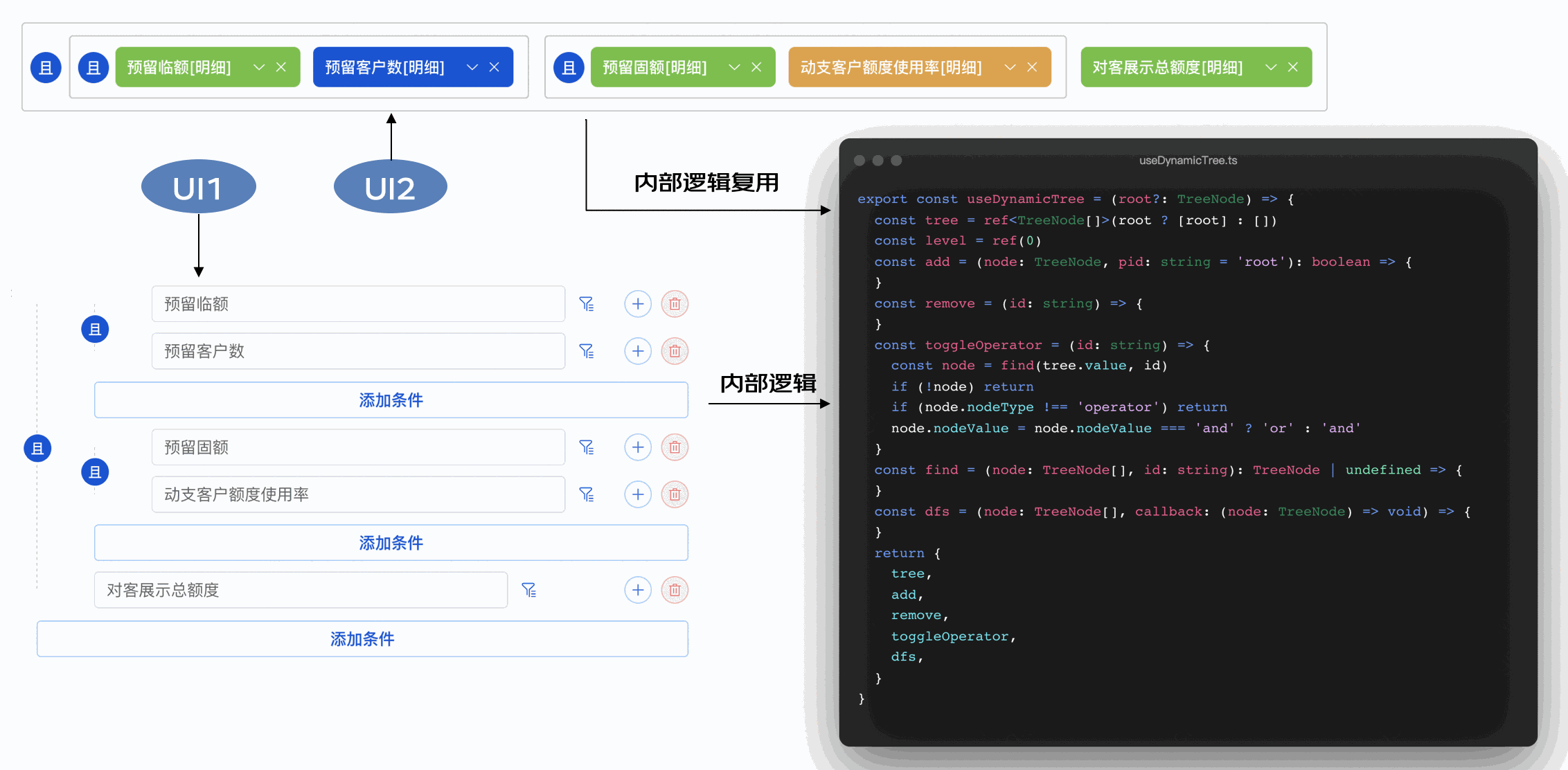作者:京东科技 牛至伟
近半年有幸参与了一个创新项目,由于没有任何历史包袱,所以选择了Vue3技术栈,总体来说感受如下:
• setup语法糖<script setup lang="ts">摆脱了书写声明式的代码,用起来很流畅,提升不少效率
• 可以通过Composition API(组合式API)封装可复用逻辑,将UI和逻辑分离,提高复用性,view层代码展示更清晰
• 和Vue3更搭配的状态管理库Pinia,少去了很多配置,使用起来更便捷
• 构建工具Vite,基于ESM和Rollup,省去本地开发时的编译步骤,但是build打包时还是会编译(考虑到兼容性)
• 必备VSCode插件Volar,支持Vue3内置API的TS类型推断,但是不兼容Vue2,如果需要在Vue2和Vue3项目中切换,比较麻烦
当然也遇到一些问题,最典型的就是响应式相关的问题
本篇主要借助watch函数,理解ref、reactive等响应式数据/状态,有兴趣的同学可以查看Vue3源代码部分加深理解,
watch数据源可以是ref (包括计算属性)、响应式对象、getter 函数、或多个数据源组成的数组
总结:
在Vue3中状态都是默认深层响应式的(情景七),嵌套的引用类型在取值(get)时一定是返回Proxy响应式对象
watch数据源为响应式对象时(情景四、七、九),会隐式的创建一个深层侦听器,不需要再显示设置deep: true
情景三和情景八两种情况下,必须显示设置deep: true,强制转换为深层侦听器
情景五和情景七对比下,虽然写法完全相同,但是如果属性值为基本类型时是监听不到的,尤其是ts类型声明为any时,ide也不会提示告警,导致排查问题比较费力
所以精确的ts类型声明很重要,否则经常会出现莫名其妙的watch不生效的问题
ref值为基本类型时通过get\set拦截实现响应式;ref值为引用类型时通过将.value属性转换为reactive响应式对象实现;
deep会影响性能,而reactive会隐式的设置deep: true,所以只有明确状态数据结构比较简单且数据量不大时使用reactive,其他一律使用ref
• 自定义组件
• 使用组件
大部分情况下应该遵循【单向数据流】原则,禁止子组件直接修改props,否则复杂应用下的数据流将变得混乱,极易出现bug且难排查
直接修改props会有告警,但是如果props是引用类型,修改props内部值将不会有告警提示,因此应该有团队约定(第5条除外)
如果props为引用类型,赋值到子组件状态时,需要解除引用(第5条除外)
复杂的逻辑,可以将状态以及修改状态的方法,封装成自定义hooks或者提升到store内部,避免props的层层传递与修改
一些父子组件本就紧密耦合的场景下,可以允许修改props内部的值,可以减少很多复杂度和工作量(需要团队约定固定场景)
利用Vue3的Composition/组合式API,将某种逻辑涉及到的状态,以及修改状态的方法封装成一个自定义hook,将组件中的逻辑解耦,这样即使UI有不同的形态或者调整,只要逻辑不变,就可以复用逻辑。下面是本项目中涉及的一个真实案例-逻辑树组件,UI有2种形态且可以相互转化。

• hooks部分的代码:useDynamicTree.ts
• 在不同组件中使用(UI1/UI2组件为递归组件,内部实现不再展开)
将复杂逻辑的状态以及修改状态的方法提升到store内部管理,可以避免props的层层传递,减少props复杂度,状态管理更清晰
• 定义一个store(非声明式):User.ts
• 在组件中使用